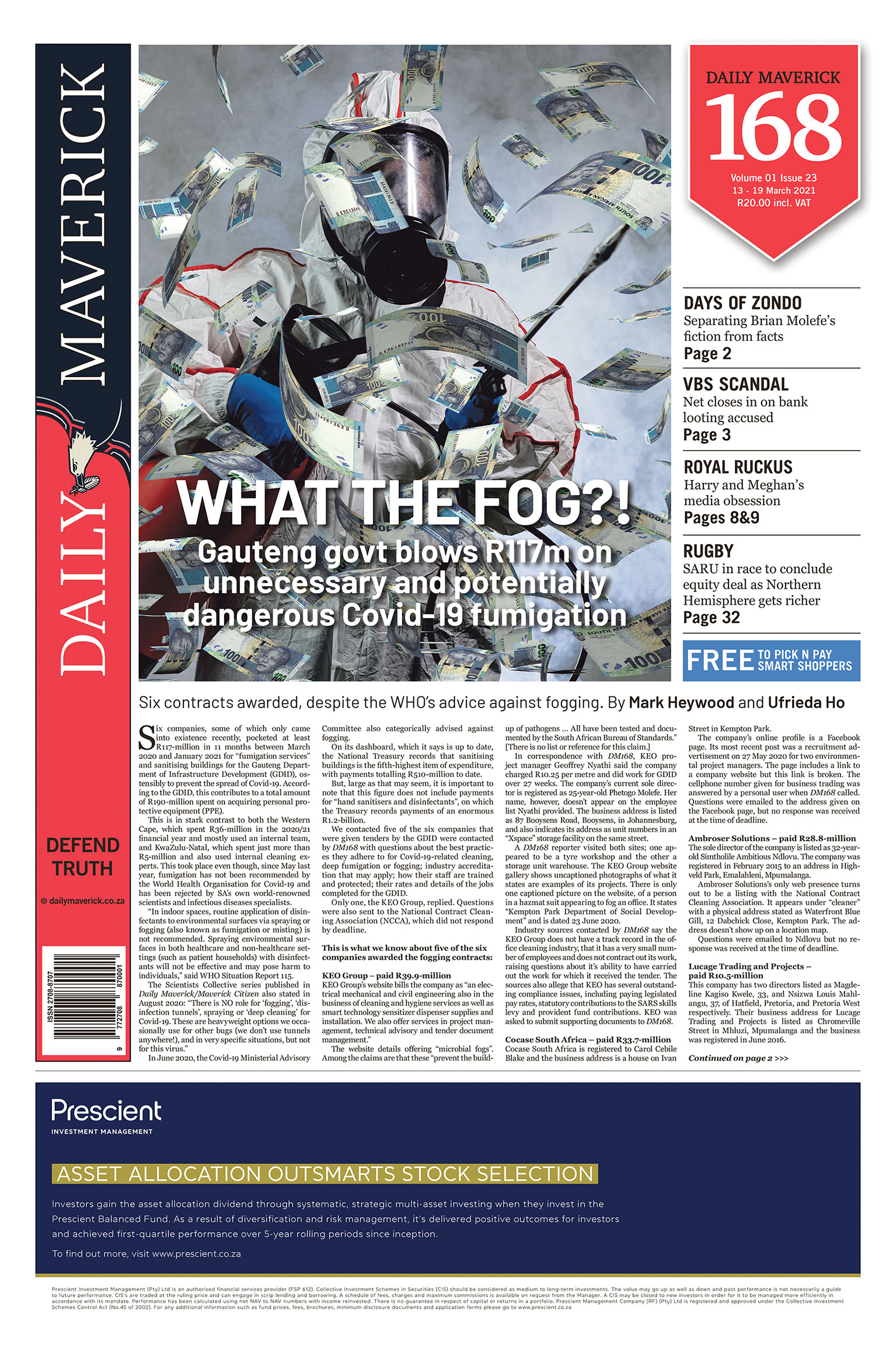First published in the Daily Maverick 168 weekly newspaper.
For organisations that are not used to inventing and delivering new products and services, we can take inspiration from the serial winners at the game of innovation. And there are few better exponents than Amazon. Students of innovation have recorded more than 25 significant innovations by the company in its first 20 years and collecting 2,200 patents in 2020 alone. Clearly, its frameworks and cultural practices offer many lessons for those aspiring to remain relevant in today’s world.
In their book Working Backwards, Colin Bryar and Bill Carr, two former generals in the Amazon empire, recount the principles that helped make it the $386-billion annual revenue behemoth that it is today. For innovative culture to exist within the entire organisation, the vision, mission and values need to be crystal clear – something CEO Jeff Bezos goes to great lengths to cover in shareholder letters, published leadership principles and his own actions. Innovation is a function of leadership and the news industry’s inability to innovate is not merely a market failure but a failure of leadership.
The first leadership principle (Amazon has 14 in total) is an obsession with its customers. You cannot invent successfully unless you are fulfilling the needs of people you rely on for survival or, in the case of media organisations, the needs of the audience. And as the title of the book suggests, innovation and success come from starting with this focus and working backwards from there.
In the past, newsrooms would assume they knew best, and printed, spoke and delivered based on those assumptions, with few efforts made to really understand what audiences needed and valued. Journalism was a one-way broadcast. In the digital realm, we have the opportunity to set our goals and priorities that overlap with the needs of our audiences and then use data to measure our progress against those goals.
We have feedback mechanisms in properly calibrated analytics, surveys and engagement metrics, and yet many organisations have struggled to migrate to this place of being driven by audience-centricity.
We didn’t obsess over our readers in a way that would lead the media industry into digital transformation.
There is a widely held notion that Amazon was never concerned with profit, especially in its formative years, but Bryar and Carr explain it differently. Profit was indeed important but rather took second place to long-term thinking, in that Bezos believed shareholder interest would align with customer satisfaction – trumping short-term gains. In the news space, when editorial standards are compromised for advertiser interests, this may achieve short-term gain but erode long-term trust and quality. Cutting newsroom staff with little product left to show is another profit-seeking missile the industry has often been hit with.
Frugality is another leadership principle that has allowed Amazon to stick with projects longer than others have. It took more than three years for Amazon Prime, Kindle and Amazon Web Services to deliver profits for Amazon, during which time they could easily have been killed off. A favourite of the media industry is the launch of an expensive product two years overdue and 500% over budget, only for it to be killed months later.
Failure and innovation are two sides of the same coin, as Carr recounts of his time leading the failed Amazon Unbox project. Instead of firing Carr, Bezos knew his failed efforts would yield lessons for the rest of the organisation and he’d be even more motivated to succeed. Added to that, Amazonians strive to reduce the costs of experiments so they can do more of them that could yield many bigger wins. All of these are practices that do not come naturally for most organisations and rarely do news organisations start experiments with “what is the job this product needs to do for my audience?”
Innovation itself is a form of leadership. And a single article or content piece can serve as an innovation. But to achieve that needle-moving effect, we have to understand our audiences so well that we can fulfil their needs in new and fresh ways. Only then can we create value in their eyes that will keep them coming back and engaging with us. No one understands this better than Bezos, who recognises that it isn’t his job to have all the ideas but rather to build a culture of innovation fuelled by customer obsession. DM168
This story first appeared in our weekly Daily Maverick 168 newspaper which is available for free to Pick n Pay Smart Shoppers at these Pick n Pay stores.


















 Become an Insider
Become an Insider
Comments - Please login in order to comment.